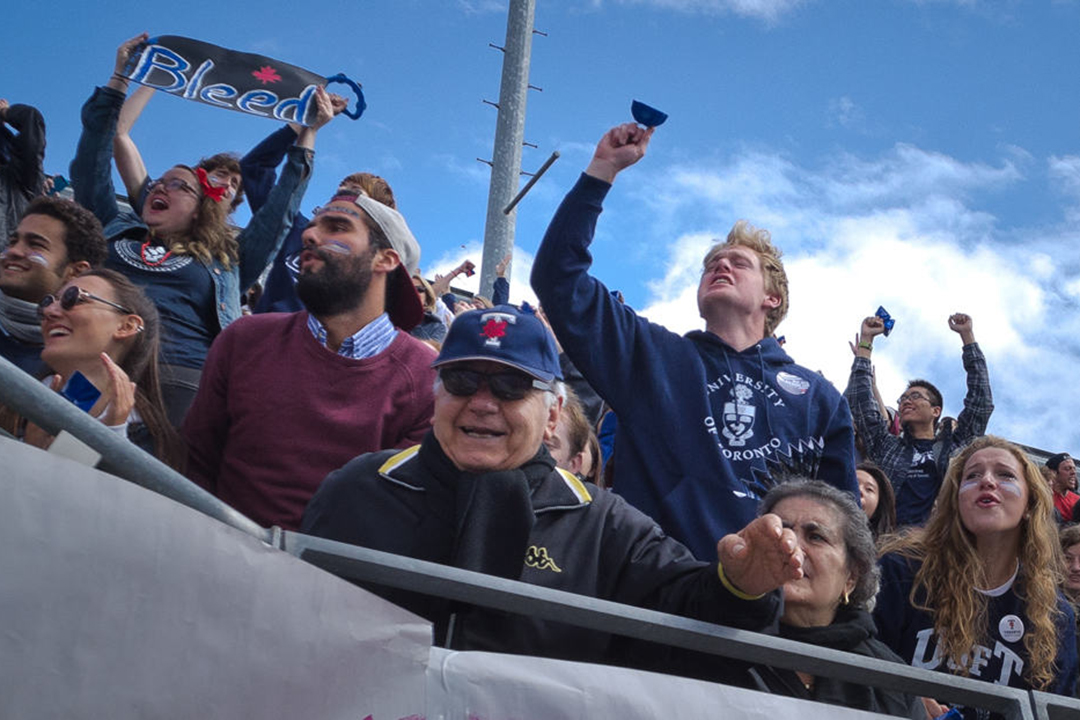I recall a conversation with a friend a little while back. She, as so many of us have during this pandemic, was looking for a new hobby. Basketball had always piqued her interest, so she had decided to put on a game that night.
Naturally, as a Toronto native, she had chosen the Toronto Raptors game against the Miami Heat — which resulted in a Raptors loss and an unusual feeling of disappointment for her. Yet, it struck me that her initial message as she put the broadcast on was that she didn’t think the game was going to be exciting because there was no audience.
She was right. Even as someone who seldom spectated or partook in sport, she understood the significance of an arena packed to the rafters with fans.
Since the advent of COVID-19, sports arenas and stadiums have been operating at a fraction of normal capacity — if accommodating audiences at all. To the credit of the various leagues and associations, most did try to substitute the lack of fans with some pre-recorded cheering audio — which I found to be adequate at best and incredibly fake and distracting at worst.
Truly, no pre-recorded fan noise could replace the “oohs” and “ahs” that would have erupted when Ryan Garcia landed a flurry of punches on Luke Campbell on January 2 or when Dustin Poirier knocked out Conor McGregor on January 23. Pandemonium would have ensued at the Scotiabank Saddledome when Jake Muzzin flicked that puck at Matthew Tkachuk’s chest on January 26. And the Philadelphia faithful would have made enough noise to shake the stadium when Tobias Harris sank that game-winning shot over the good defense from Alex Caruso on January 27.
These are just a few great recent moments I watched where a fan presence would be like trying to put out a fire with gasoline.
On February 7, we’ll see the Tampa Bay Buccaneers take on the Kansas City Chiefs in Super Bowl LV. One of the biggest television events of the year and its much-awaited half-time show will be performed in a stadium at only around a third of its capacity for the first time in its history — though 7,500 of the seats will be free for vaccinated health care workers, which is a nice gesture in these trying times.
Arguably, the biggest televised sporting event in North America should prove a great barometer for just how different the fan experience has been and will be for the foreseeable future.
To be fair, as with everything, one eventually gets used to the synthetic fan noises for better or worse. One may even say that it is a privilege to be able to watch the sports we love despite the circumstances, which is true.
Still, I can’t help but feel that the empty stadiums have left a void bigger than the empty bleacher seats. During the Raptors’ championship run in 2019, I remember my first instinct as a person who loved the game was to be defensive when people who hadn’t been fans before the win came out of the woodwork for a winning team. I am happy to admit that feeling passed when I saw the parades and celebrations all over the country, which made me realize that sports are at their best when they’re bringing people together.
We must patiently wait for when sports and its fans are reunited — when it is at its very finest once again.


